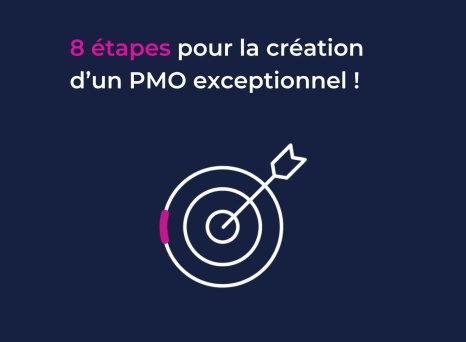The Innovation Diamond seeks to offer an answer to this, based on comparative studies of thousands of product launches.
Ask anyone with a bit of experience, and they will tell you: one of the key elements of any successful business ventures lies the ability to focus on the right factors at the right time. But if you've studied innovation or new product development for any length of time, you'll know that these processes are quite complex and the factors that influence them are numerous. How do you know where to focus your efforts and resources? The Innovation Diamond was designed to help companies answer this question.
It was born from the comparative studies of ~2000 product launches (from 500+ companies) by Dr Robert Cooper, Dr Steve Edgett and Dr Elko Kleinschmidt in the 1990s and 2000s¹.
They noticed that the factors that have a demonstrable effect on the performance of new product initiatives could be grouped into 4 main themes.
Watch this extract from the webinar “Innovation Strategy & Portfolio Management” where Dr Cooper presents each component in turn.
[tab title="Click for Full Transcript"]
(Lightly redacted for clarity)
We've done a number of studies with the American Productivity and Quality Center in Houston, which I guess is the largest not-for-profit benchmarking society in the world. They focused on product quality for many, many years, but in more recent decades, they've started to look at things upstream from manufacturing, such as R&D and product design, etc.
In our benchmarking studies with their many, many member companies – and they're in the hundreds, thousands – we find that four themes stand out as the key to success. When we look at highly successful, innovative companies, companies that make a lot of money and achieve their objectives, etc., four things consistently stand out.
The first one is: successful businesses in product development seem to have a robust, well-articulated, well-communicated and right-on product innovation, and technology strategy. That's up at the top of this diamond.
The second theme is: they make the right investment decisions. Not only do they have a strategy that gives them direction, they put their money where their mouth is and actually make the right investment decisions, which is what portfolio management is all about.
Portfolio management is a relatively new term in the lexicon of new product development terminology. It first came to the fore about 1993, when some group in Boston – I think it was Arthur D. Little – published the book called Third Generation R&D, where they talked about making the right investment decisions and borrowed a term from the financial community – namely, portfolio management – the same kind of term they would use to manage your pension plan, or something.
Many of the techniques that financial portfolio managers use – with modification, it was argued – could be applied to product development because what we see in product development is that every R&D project or every new product project is an investment. Just like investments in the stock market, they can be managed. They can be managed when to buy high, when to sell high, when to sell low, etc.
Some of these same techniques can be applied with significant modification, so that's what portfolio management is about. It is not project management, by the way. It's portfolio management, making the right go/kill decisions.
Two other things – since I have this diagram up here – two of the things you might want to think about – not the topic of today's discussion – is execution. That's at the bottom of the diagram. Having an effective idea-to-launch system – as Michel pointed out, I came up with the Stage-Gate process some years ago – most companies in the United States and, in fact, globally – in the Western world, anyway – are using some version or variant of Stage-Gate.
Finally, and a very important topic – and one, again, not for today, but something you should keep in mind – this diagram wouldn't be complete without it – and that is the people side of the equation – having a positive climate and culture that fosters innovation within the corporation and the right leadership from the top.
These are the four elements that we find common to successful businesses.
As a bit of a sanity check here, you might want to judge yourself or measure yourself on each of these.
• Do we have a well-articulated, robust and right-on product and innovation, and technology strategy?
• Do we have a portfolio management system that helps us make the right investment decisions?
• Do we have an effective idea-to-launch system, an up-to-date, proficient, well-oiled, adaptive, agile and accelerated process to get new products to market?
• Finally, do we have the right kind of climate, culture and leadership?
These are the four keys to success.
[/tab]
¹ R.G. Cooper, S.J. Edgett & E.J. Kleinschmidt, New Product Development Best Practices Study: What Distinguishes the Top Performers, Houston: APQC (American Productivity & Quality Center), 2002; and: R.G. Cooper, S.J. Edgett & E.J. Kleinschmidt, Best Practices in Product Innovation: What Distinguishes Top Performers, Product Development Institute, 2003 (www.prod-dev.com).


